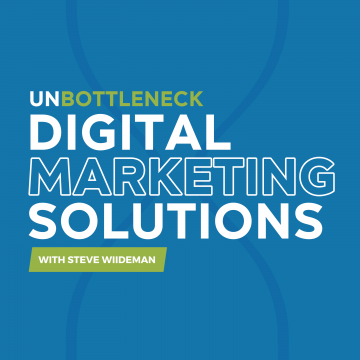One of the principles I discuss frequently is the number of times your website appears for a given search term and number of clicks to your website (called an impression). The ratio of clicks divided by impressions is referred to as Click-through Rate, or CTR, which is by far one of the most important signals used by Google and other search engines to determine relevance.
NEW! Try our new Google Snippet Tool to build your titles, meta descriptions, and preview your structured markup.
In recent times, I’ve used the phrase “click and stay” to represent the technology and SEO strategy. No matter how many links you’ve earned or how super optimized a webpage is, at the end of the day the search engines only want to display content selected by searchers as the “best result”.
That’s a “vote” in the system that can easily be revoked if the user returns to the search results and chooses a competitor’s listing. So it’s your job as the usability expert for your company website to pull users into a conversion or engagement process so they completely forget about the other results.
If searchers find your listing in the organic search results and choose to click your listing over the other 9 that appear on that page, Google assumes that your listing is more relevant and thus you are promoted upward.
To get searchers to want to choose your listing over your competitors, you need to understand Title Tag Principles. Afterall, it is your HTML Title Tag that appears in Google’s search results, just above your META Description Tag.
Your homepage is the best place to get as many of your core search terms into your title as possible, without stuffing keywords. The homepage therefore is another topic of discussion. However, your subpages – you know the pages that actually target a search term and one or two varations – should have these three attributes applied:
1. Call-to-Action (find, buy, purchase, order, book, reserve, etc)
2. Keyword (keyword plus a semantic variation or two)
3. Value Proposition (why should they choose you over someone else?)
Remember, your Title Tag should be under and as close to 66 characters as possible. Your META Description Tag should be under 160 characters. Making either of these too long will just cause Google to truncate your message.
Title Tags for Multi-Location & Franchise
In our experience, we’ve seen higher overall click-through rates with the following template for city-level landing pages:
- Template: City, ST – Brand Name Primary Service Keyword
- Example: Anaheim, CA – Cogswell’s Cogs Gear Sales & Repair Service
Example city-level pages we’ve used as reference points in the past for good titles and meta descriptions (local businesses) are listed below:
- https://www.publicstorage.com/oregon/self-storage-portland-or
- http://www.meineke.com/locations/ca/anaheim/
- http://local.fedex.com/ca/anaheim/
- http://local.skechers.com/CA/ANAHEIM/
For store, center or property-level landing pages, consider this template:
- Template: Brand Name Coupons & Deals at Street Address in City
- Example: Cogswell’s Cogs Coupons & Deals at 1234 Awesome St in Anaheim
- Example: FedEx Office – La Palma, CA – 50 Centerpoint Dr, 90630
Example store-level pages we’ve used as reference points in the past for good titles and meta descriptions (local businesses) are listed below:
- Public Storage Center 74 in Portland
- FedEx Office 0556 in La Palma
- Skechers Store 184 in Anaheim
- Meineke Center 2334 in Anaheim
Learn more from our ThinkTank session with Search Engine Journal:




